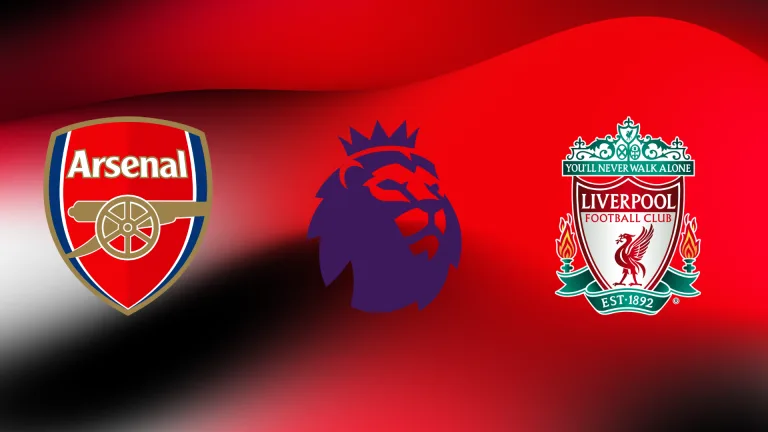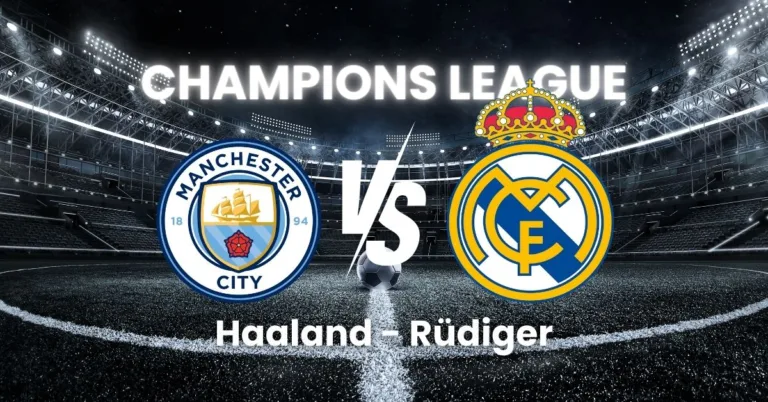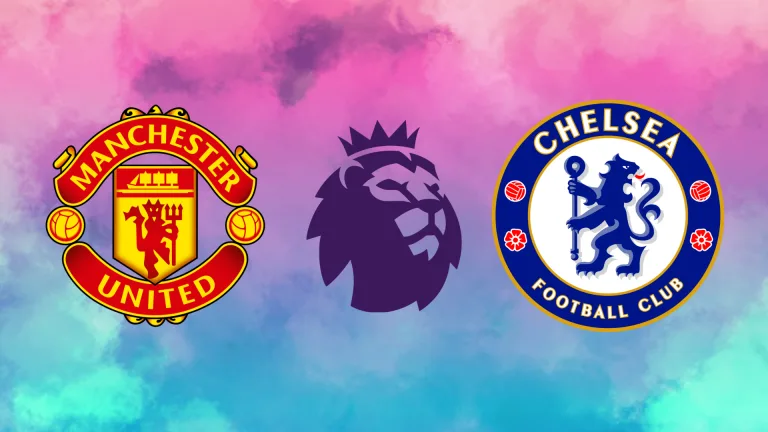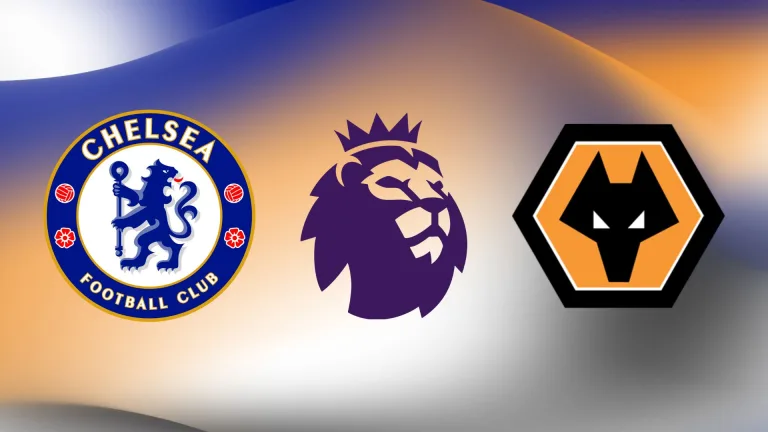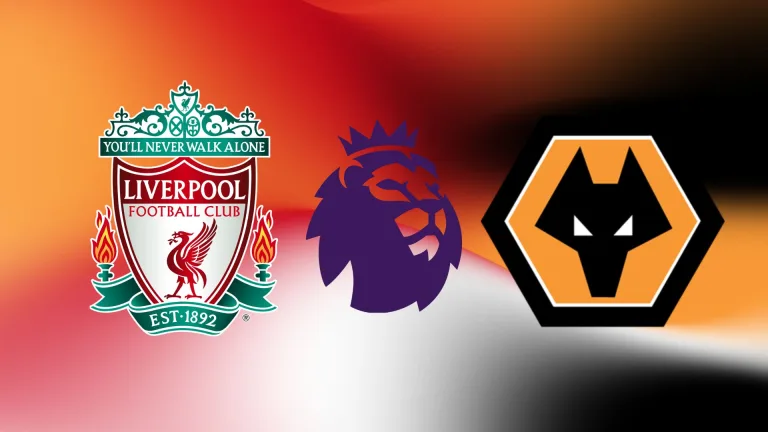Arsenal vs. Man City (2-2) Analysis: Set Pieces and Red Cards
Set pieces and red cards. Feels like the average Arsenal game. It has been one of the weirdest matches I have seen in a while. After a first half with a 2-1 lead, Trossard’s red card meant Arsenal switched to “Operation Lockdown” mode. Manchester City tried to break through but failed until the last minute when a set piece decided the final score.
In this article, we look at the main talking points!
Another Game, Another Set Piece Goal
Set pieces are becoming Arsenal’s trademark. They won the North London derby with a corner. Here, they took the lead with Gabriel’s header from a corner kick. The Gunners had only two corners in the entire game, and they executed them identically. The first one was in the 38th minute.
Gabriel Magalhaes stands at the penalty spot, man-marked. Meanwhile, 5 red shirts crowd the long post. Saliba and Martinelli run just behind Ederson, standing there to make certain that the goalkeeper cannot move or get out from between the posts to intercept the cross.
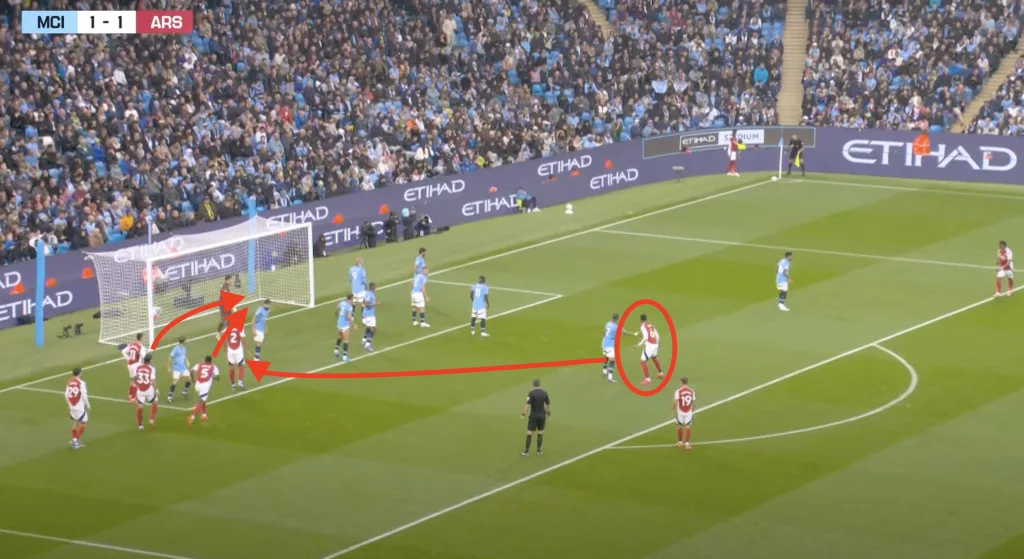
Calafiori nudges Gvardiol, enough to render him unable to intercept and clear the cross. Gabriel then evades his marker, as if he is not being marked, and makes a run towards the far post. The first time, his header was a bit too high, and he sent it just above the crossbar.
Shortly after, Arsenal employed the same tactic. Like copy-pasting your homework. This time he was much smoother with the header and just tapped the ball inside the net. Arsenal leads 2-1 just before the break.
Manchester City Insists on the Right Wing
During the first half, Manchester City insisted and directed their play on the right wing, through Savinho. The Brazilian got an assist and attempted six dribbles during the 78 minutes he played. City targeted the right wing and tried to put Savinho in duels with Riccardo Calafiori, who is much slower than Savinho.
Arsenal employed a tight man-marking system in the second half, with players leaving their post to contest City’s build-up. This is how Savinho broke through for City’s first goal. With Calafiori high up the pitch, the winger received the vertical pass, took a superb first touch sideways, turning towards the goal and sprinted into central space.
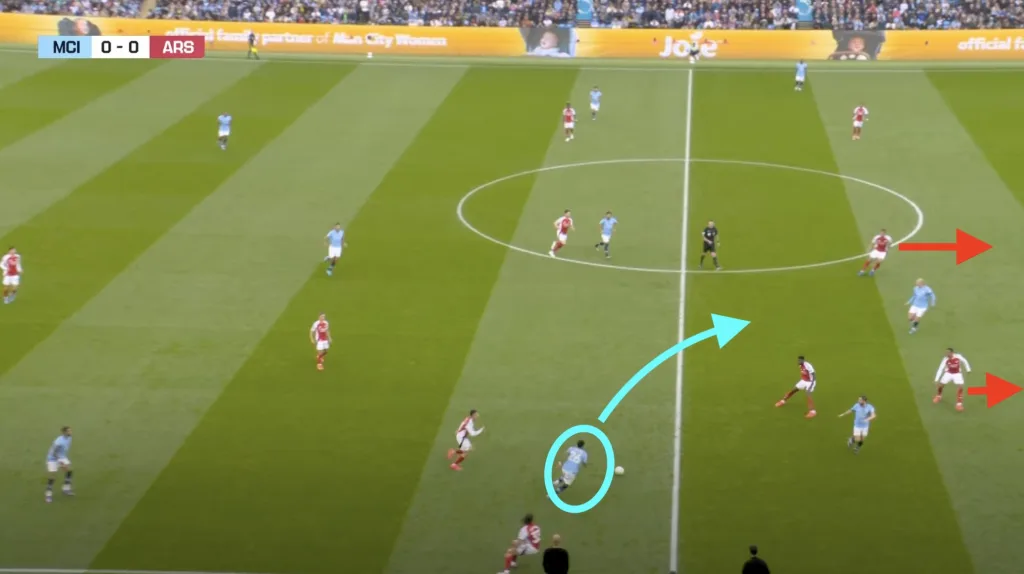 Erling Haaland” class=”wp-image-5511″/>
Erling Haaland” class=”wp-image-5511″/>Haaland then sprinted and was onside since Arsenal’s back four sprinted in line with him, and Savinho found him with the perfect through ball for the Norwegian defeat Raya.
Calafiori didn’t leave this unanswered. In the 22nd minute, Arsenal took a free kick and launched Martinelli on the left wing, putting him in a 1v1 duel with Kyle Walker. Savinho doubled to help Walker and left some space outside the box for Calafiori. He delivered a perfect shot, leaving Ederson helpless.
Leandro Trossard‘s Marching Orders, and a Change of Dynamics
Just before the break, we saw another of Arsenal’s trademarks. A second yellow card for Leandro Trossard. And just like Declan Rice’s second yellow against Brighton, it was for time wasting. After a clearance from inside the box, Trossard rushed to enter a duel with Bernardo Silva for the second ball. He rushed a bit too much and overwhelmed Silva. No doubt it was a clear foul.
Michael Oliver blew the whistle, and Trossard kicked the ball to launch Gabriel Martinelli on the left wing and start the counter. It was, most probably, an attempt to launch the counterattack into space. Michael Oliver showed him the marching orders. Some pointed out that Jeremy Doku also delayed the game, but Oliver did not warn him.
I will not enter the “conspiracy theory” sphere, but the second yellow card was strange. Hence, one of the weirdest games I have seen in a while. What does the second yellow mean for Arsenal? The Ben White for Bukayo Saka substitution meant that Arsenal does not have any outlet for launching a counterattack and no target up from, other than Kai Havertz.
Arsenal then shifted into a 5-4-0 formation, sometimes morphing into a 6-3-0, and defended for the rest of the second half. In that second half, Manchester City had 88% possession, 28 total shots, compared to only one shot coming from Arsenal and 415 passes.
How did Guardiola Sought to Break the Wall?
Manchester City spent almost the entire second half camped in Arsenal’s half. Just outside the box, with Guardiola’s back four outside the penalty area. City did not exploit the wings, as we did not see many cutbacks and only 15 crosses during the entire second half. The Citizens tried to break through in the center, and of course it was an almost impossible task. With Arsenal’s compact lines and their players cramped inside their own box, there was hard to find a clear shot.
When they found that shot, David Raya was reliable, with 9 saves and 3 claimed crosses. At one time, he went down, with Arsenal’s medical team coming to check up on him. Don’t worry, he was fine, as he attempted to offer his teammates a break from the constant pressure. And we know that Manchester City is a team that can apply an immense amount of pressure and suffocate teams.

So, Who Takes the Shots Here?
Manchester City’s long shot strategy is something that could have worked well. Myself being a fan of the long shot and excited to witness screamers into the top corner from outside the box, was very excited to see City trying this out instead of trying to walk the ball to the goal. I was sure that we would see a complete banger from outside the box. Unfortunately, the screamer never came.
Ruben Dias was the star player in the second half, camping outside Arsenal’s box, looking for that shot. Ruben Dias averages 0,3 shots on target per game. Why was he taking the shots? Why was Kyle Walker taking the shots? Since Arsenal renounced their offensive game, it wasn’t so much of keeping a disciplined rest defense. There were few chances when Arsenal broke through, and when they did, blue shirts surrounded Kai Havertz, with no support in sight.
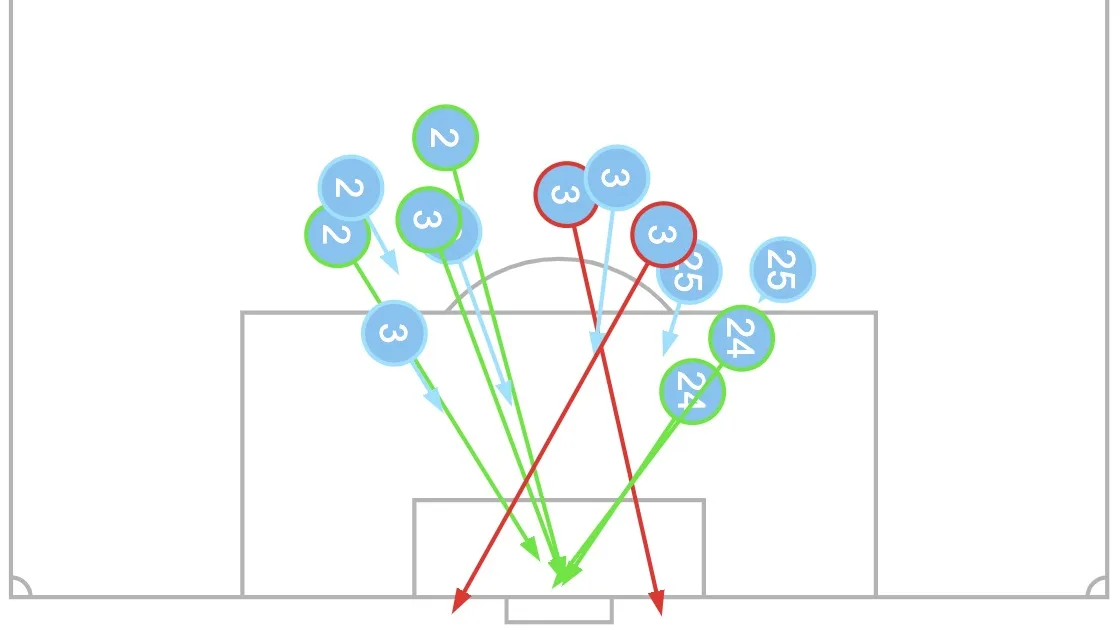
Instead of Ruben Dias camping outside the box looking for those shots, why not Phil Foden? Foden is a more than capable player and one of the most talented players in the league. He can find that top corner much better than Ruben Dias. Guardiola could instruct Foden to play outside the box, instead of trying to find the pockets and curl one in the top corner, as he did multiple times last season.
Another sign of what Guardiola might have tried came with introducing John Stones. Last season, the defender won 74% of his aerial duels and he is a threat from set pieces and corners. I was expecting for Guardiola to station him next to Erling Haaland, another aerial duel master, and then flood the box with crosses. But the crosses never came.
How Did City Break the Standstill?
City tried and pushed the entire second half, but nothing came out of it. So how did they get the draw? It was from a set piece. Poetic isn’t it? In the last minute of extra time, Jack Grealish took a short corner, and Arsenal allowed him to enter the box uncontested.
With the entire Arsenal team crammed in front of the goal, there was nobody to mark Matteo Kovacic, who was standing at the edge of the penalty spot and took a shot. It was complete chaos. Raya saved it, but John Stones was there and kicked it into the goal. After an entire half of restless defense, it took only one moment of disorganization and chaos in Arsenal’s camp for City to score and end it in a draw.
Conclusions
This match will be of the strangest encounters of the season. Arsenal’s early dominance through set pieces contrasted with their “Operation Lockdown” defensive display after Trossard’s red card. Manchester City’s sustained efforts to break through Arsenal’s wall of defense emphasized both teams’ tactical adaptability, yet their inability to capitalize until the very last moment showed the flexibility of Arsenal’s back line. It fit that the game was settled by a set piece, a reminder of how fine margins often separate victory from disappointment in football.

